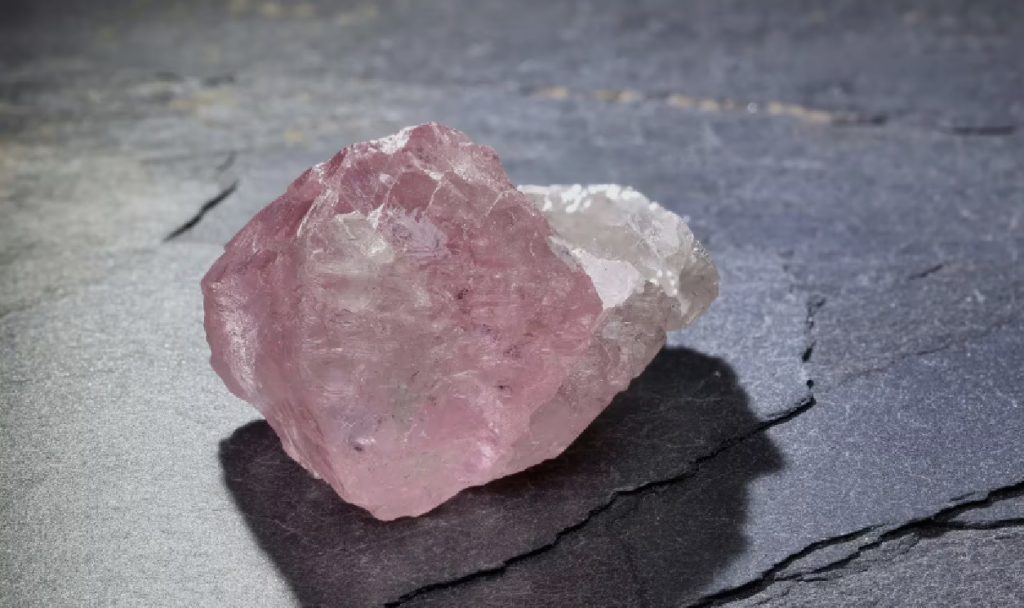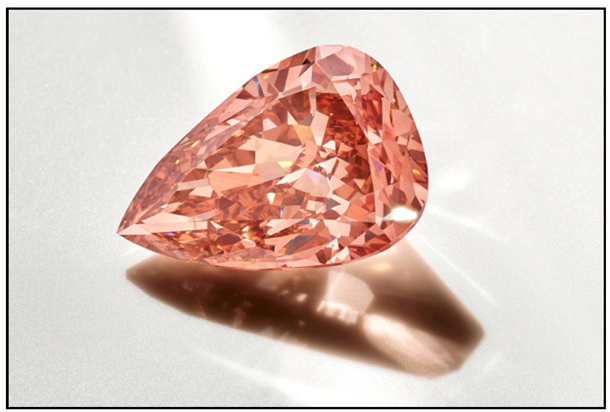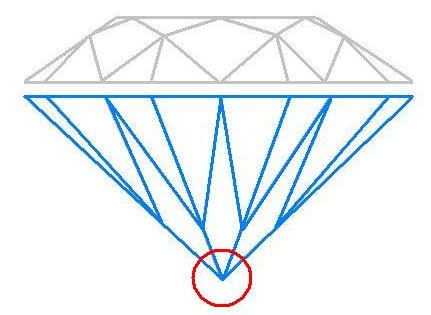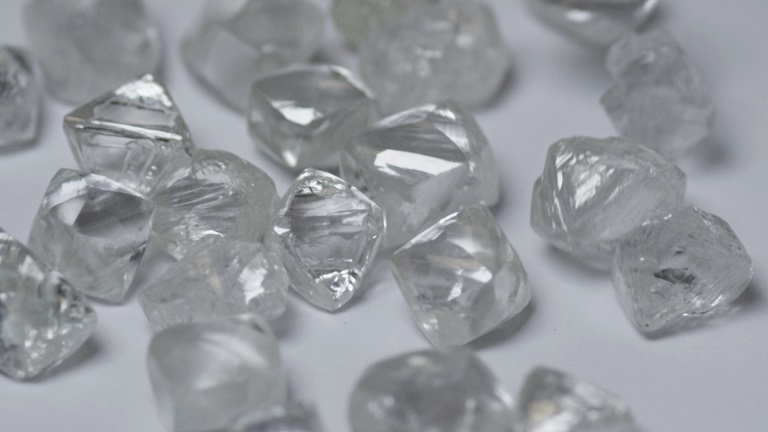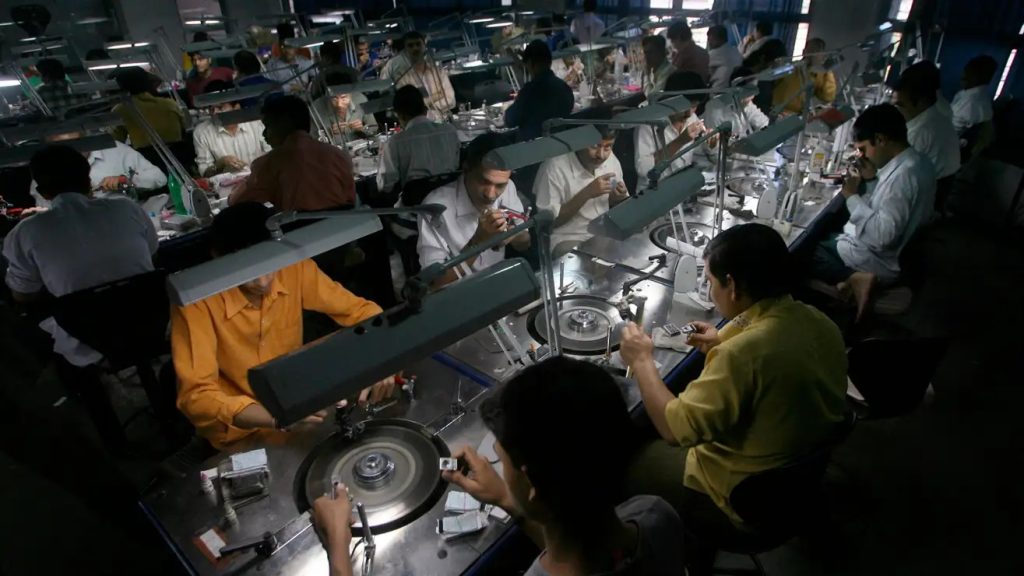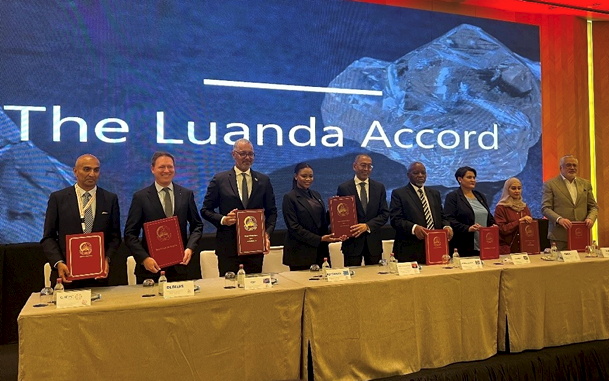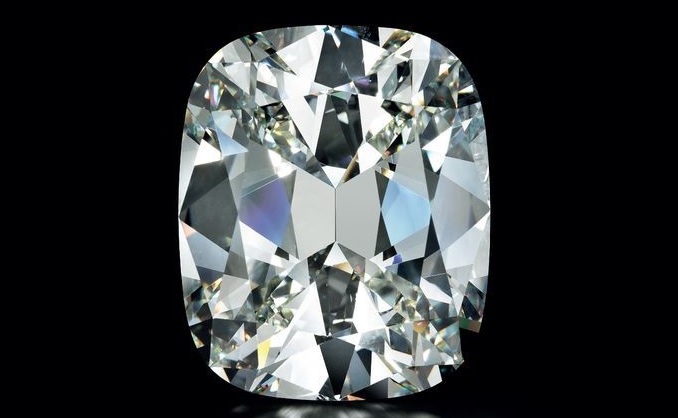
In a world where modern technology has made diamond cutting more precise than ever, there has been a surprising revival of one of the oldest styles in diamond history – the old mine cut. Once considered outdated compared to today’s brilliant cuts, these antique gems are now finding favour among collectors, jewellery designers, and couples searching for something truly unique.
A Glimpse into History
The old mine cut originated in the 18th and 19th centuries, long before advanced cutting technology existed. Cut by hand, often by candlelight, each stone carries its own distinctive character. With their cushion-like shapes, high crowns, and larger culets, old mine cuts reflect the craftsmanship of a bygone era. These diamonds were the predecessor to today’s modern round brilliant and are often set in antique or Victorian-era jewellery.
The Allure of Imperfection
Unlike modern cuts that maximise sparkle through precision, old mine cut diamonds are celebrated for their individuality. Their facets were designed for softer, romantic light sources like candlelight, giving them a warmer, more subtle glow. For many buyers, this charm lies in their imperfections – no two are exactly alike.
Sustainability and Authenticity
As sustainability becomes increasingly important in jewellery, old mine cut diamonds are seen as an eco-conscious choice. They are recycled treasures, requiring no new mining, which makes them especially appealing to ethically minded consumers. Owning one also means owning a tangible piece of history – a connection to a time when diamonds were cut entirely by hand.
Modern Designers Embrace the Vintage Appeal
Jewellery houses and bespoke designers are incorporating old mine cut diamonds into contemporary settings, blending antique beauty with modern design. Their romantic look pairs well with minimalist mountings, allowing the character of the stone to shine through. Many brides-to-be are also choosing them for engagement rings, preferring their vintage charm over mass-produced, uniform cuts.
A Market on the Rise
With limited supply and growing demand, old mine cut diamonds are becoming more sought after. Collectors appreciate their rarity, while younger generations value their individuality and authenticity. This resurgence has pushed prices higher, making them not just a sentimental choice, but also a potentially wise investment.
The revival of old mine cut diamonds reflects a broader trend in the jewellery world: a desire for uniqueness, sustainability, and authenticity. Far from being a relic of the past, these antique diamonds are back in vogue – and for many, they represent the perfect blend of history and timeless beauty.

